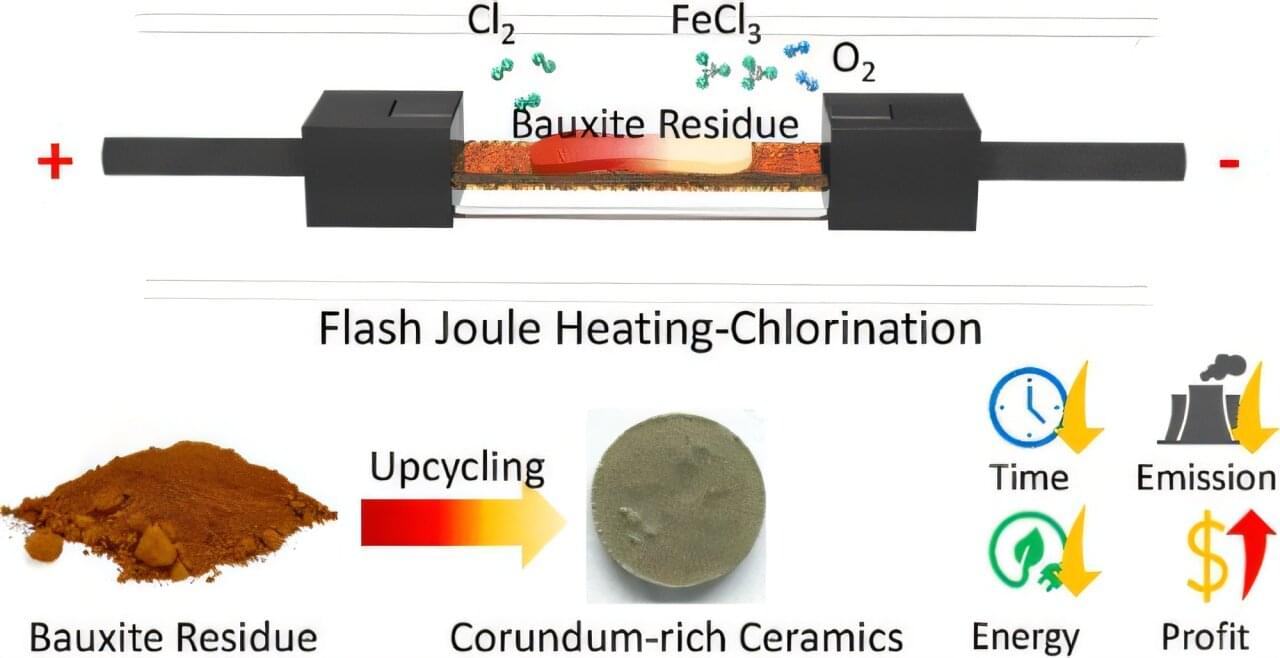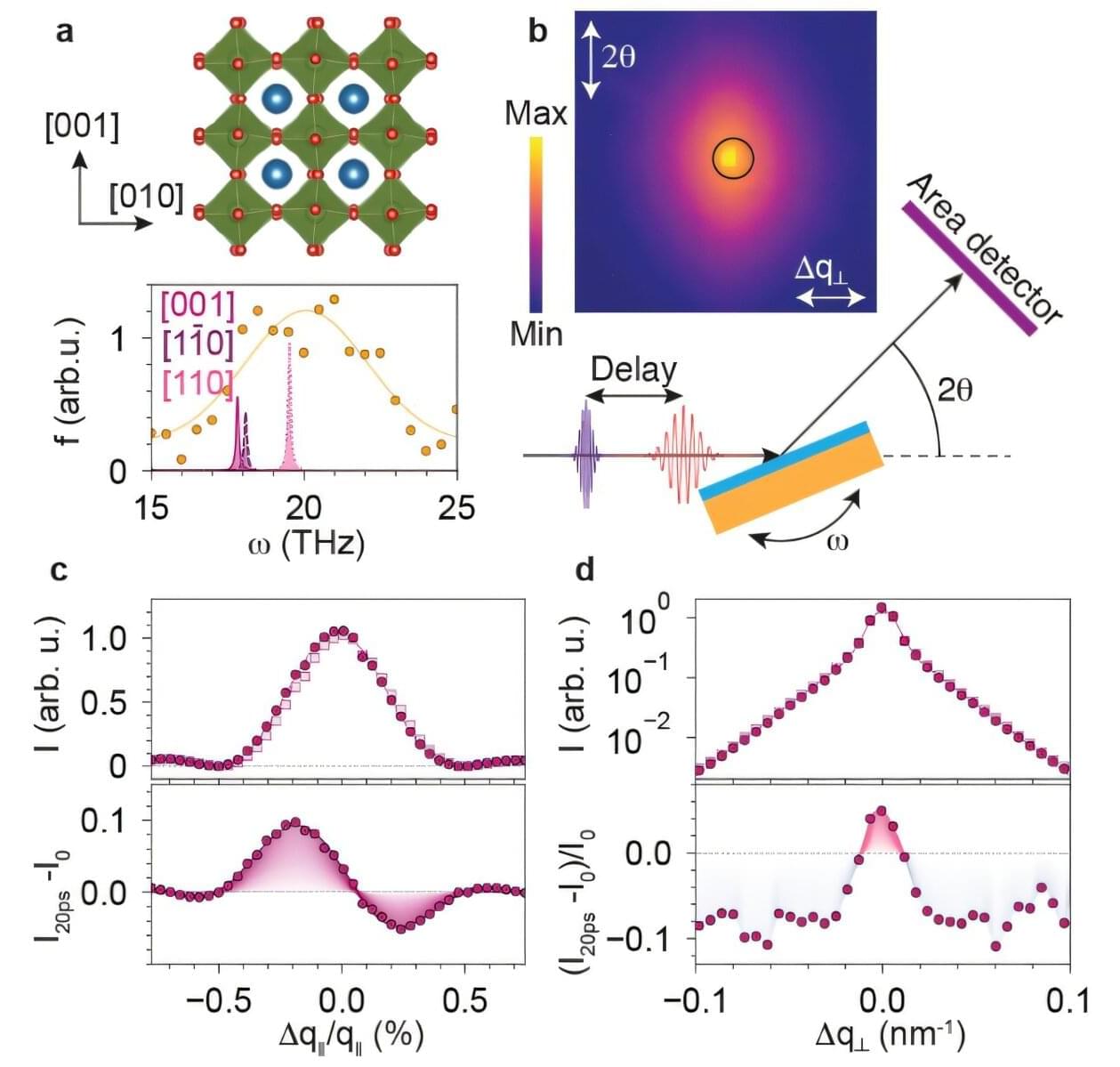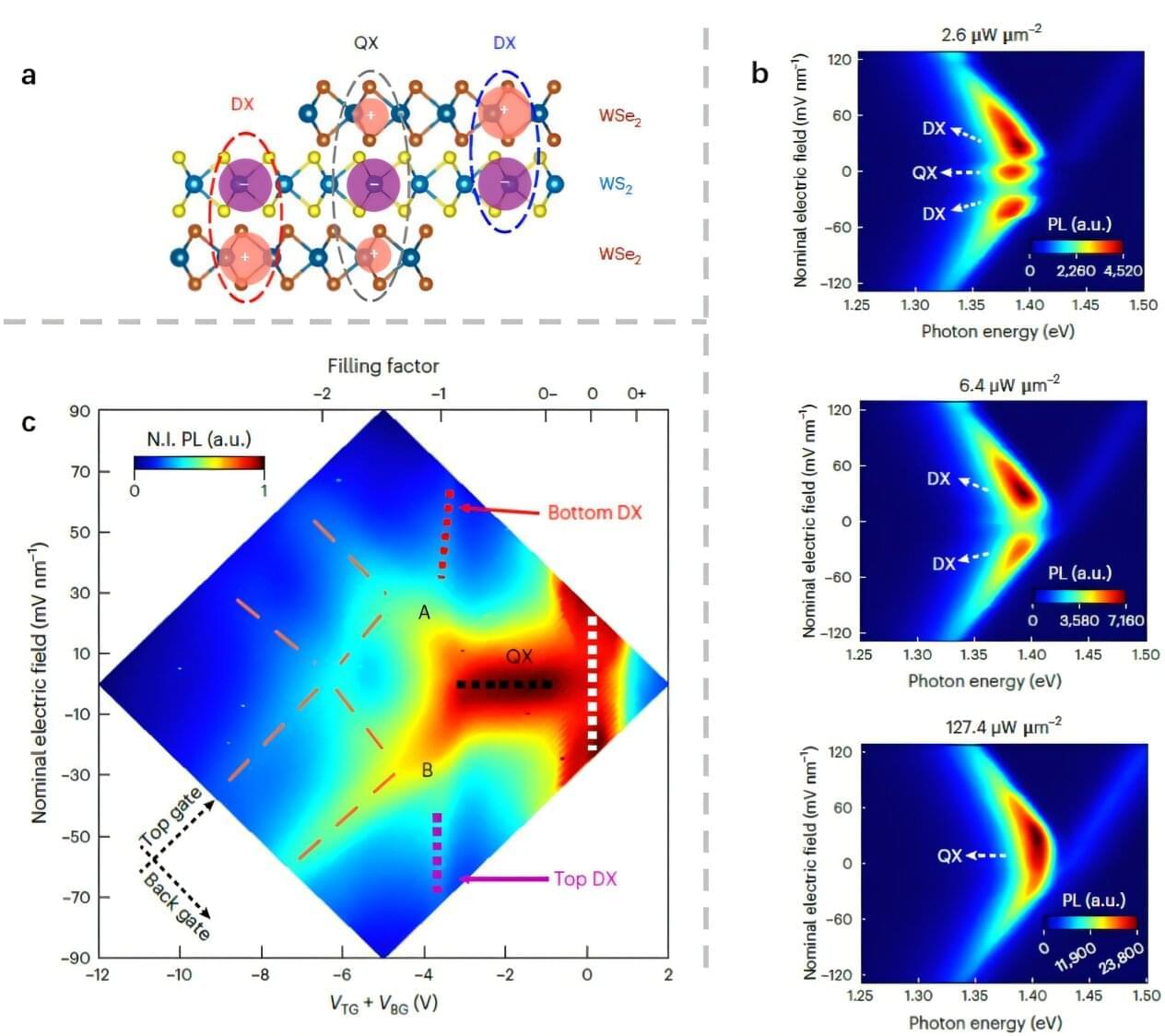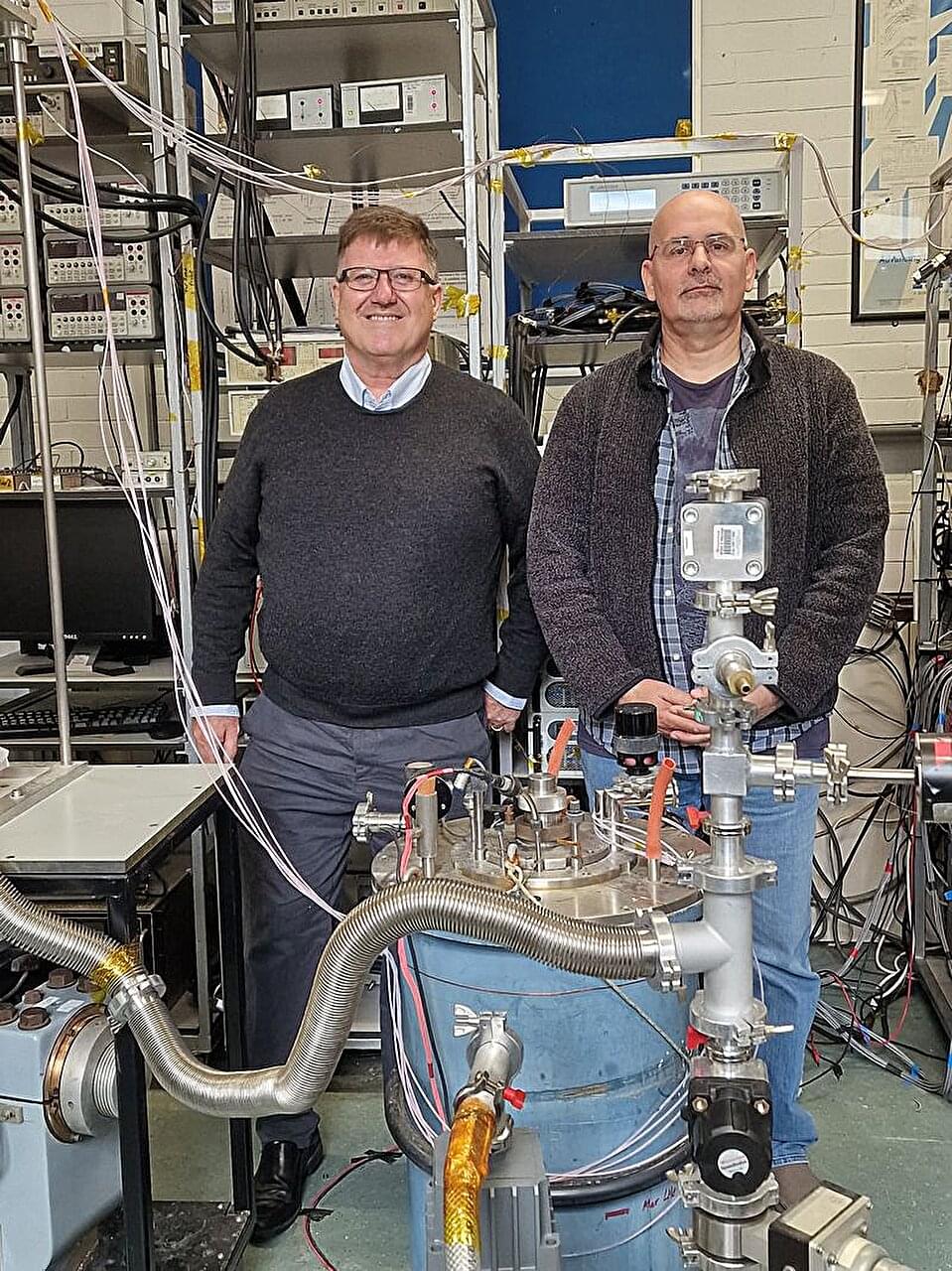This Collection supports and amplifies research related to SDG 9 — Industry, Innovation & Infrastructure.
Discovering new materials with customizable and optimized properties, driven either by specific application needs or by fundamental scientific interest, is a primary goal of materials science. Conventionally, the search for new materials is a lengthy and expensive manual process, frequently based on trial and error, requiring the synthesis and characterization of many compositions before a desired material can be found. In recent years this process has been greatly improved by a combination of artificial intelligence and high-throughput approaches. Advances in machine learning for materials science, data-driven materials prediction, autonomous synthesis and characterization, and data-guided high-throughput exploration, can now significantly accelerate materials discovery.
This Collection brings together the latest computational and experimental advances in artificial intelligence, machine learning and data-driven approaches to accelerate high-throughput prediction, synthesis, characterization, optimization, discovery, and understanding of new materials.








